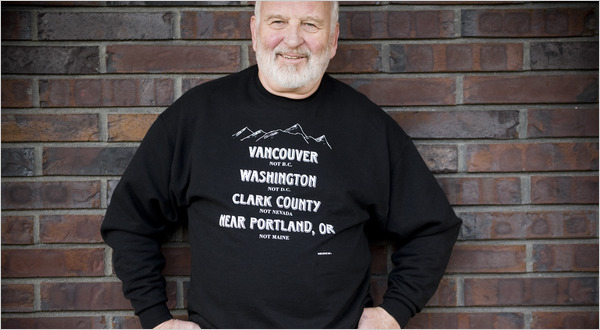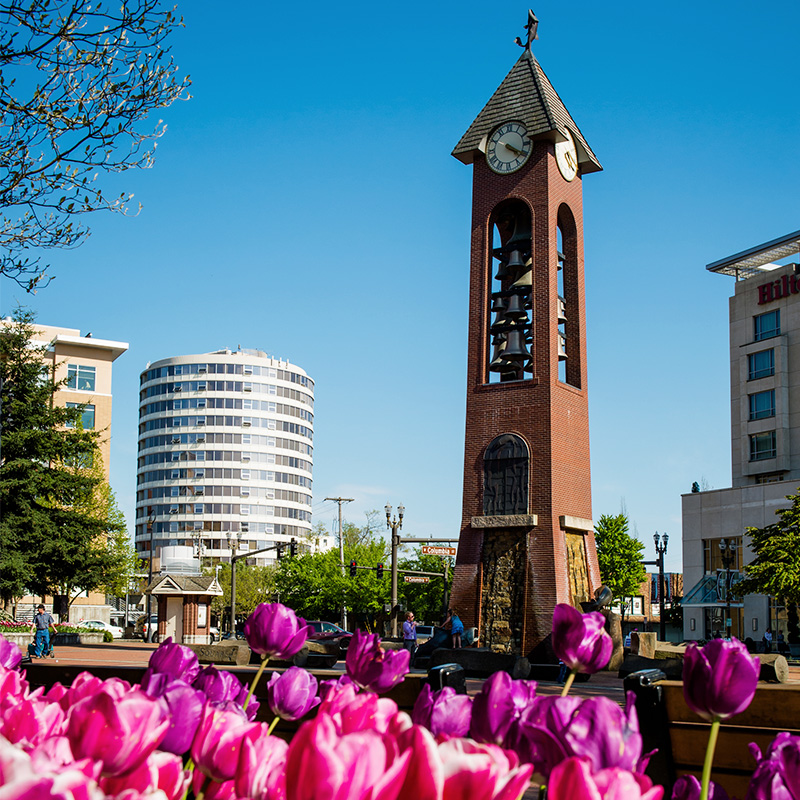There’s a saying among colleagues in our field: “If you know one community foundation, you know one community foundation.”
Every community is different. People in Missoula, Montana have distinct needs, which likely differ from those in Juneau, Alaska. Each community also has its own unique assets; the strengths and potentials present in Missoula and Juneau may not even be in play in Seattle.
As our staff prepares for the Philanthropy Northwest 2017 conference and Washington Community Foundation Convening coming to town this fall, I thought it could be helpful to shed light on the undertones that make southwest Washington unique. Specifically, what defines our community’s brand of philanthropy and how our nonprofits address local needs.
What Makes Southwest Washington Special?
Like other swaths of the United States that are equal parts rural and urban, southwest Washington is hard to pin down. This ambivalence is even more pronounced in our most populous city, Vancouver, which is often overshadowed by its bigger and more popular cousin, Portland. Not to mention there’s a little Canadian city that goes by the same name and another, more infamous Clark County in Nevada. The confusion is enough to make an ironic T-shirt!

We’re also on a landlocked island of sorts. First, our perceived closeness to Portland, Oregon leads to the assumption that we have shared interests and needs. While we have built bridges for certain initiatives, like our 500,000 Voices community survey and regional transportation, you can’t ignore the river separating our work. That state border makes the needs, solutions and funding sources on either side vastly different. From public schools to local watershed councils, the state you’re in makes a huge difference.
While southwest Washington is well represented at our state capitol, we can’t help feeling a little detached from some policy and advocacy efforts. A 90-minute drive to Olympia doesn’t seem like much, right? But it is, for working families and disenfranchised communities whose voices are desperately needed to shape policy for the state.
Local residents recognize this difficult position and have stepped up, big-time. Citizens from all walks of life fund major projects in southwest Washington. One shining example, Esther Short Park, sits just across the street from Philanthropy Northwest's 2017 conference site. This park, the clock tower and the fountain are all the philanthropic vision of George Propstra. Hundreds of engraved bricks lay at the foundation of the bell tower and represent the community members who have chipped in to keep this park beautiful. Gifts such as these dot our region from Longview to Stevenson.

Once you’ve lived here, it's pretty obvious what makes this possible: our perfect size and caring people.
Our Sweet Spot
Our population and economic growth have provided the people and resources to make things happen, yet we're also small enough for many nonprofits and community leaders to know each other personally. This sweet spot allows for natural collaboration and strong community supports. And we all know how critical both of these ingredients are to our work as funders. They allow us to amplify our voice, stretch limited resources and leverage each other’s strengths.
In the last few years, our size and savvy have gone a long way toward addressing barriers to affordable housing in our community. This issue has seen progress on every front, thanks to a coordinated effort from nonprofits and community leaders. There was active listening and community engagement from the Healthy Living Collaborative and persistent, adaptive leadership from the Council for the Homeless. Other contributing factors included civic journalism, public forums, white papers, a city-led taskforce, a successful ballot measure and numerous ongoing efforts.
Now we’re seeing the same tailwinds forming behind the issue of equity in our community. After asking our grantees and community partners, we discovered a deep desire to learn about and measure progress around diversity, equity and inclusion. Since then, we have been convening culturally specific community groups and organizations to formalize a plan. The goal is to better inform local policies, provide educational opportunities and strengthen nonprofit capacity to incorporate diversity, equity and inclusion into programs and services.
Most recently, the efforts of this collaborative unified local mayors in opposition of current immigration policies and resulted in a press conference that included an alliance of officials from local school districts, colleges, law enforcement and community organizations. It was the first of what we hope will be many steps toward ensuring that everyone in southwest Washington has the security and support necessary to achieve their full potential.
Southwest Washington doesn’t hold a patent on these traits, but together they do make our region another unique snowflake in the realm of Northwest philanthropy. We take pride in our past, place and people. Come experience this for yourself this fall, at Philanthropy Northwest's 2017 Annual Conference, Now is the Time to Lead Through Change. Just remember to book your room in “America’s Vancouver," aka the original Vancouver!
Jennifer Rhoads is president of Community Foundation for Southwest Washington, based in Vancouver, the site of this year's Philanthropy Northwest conference.